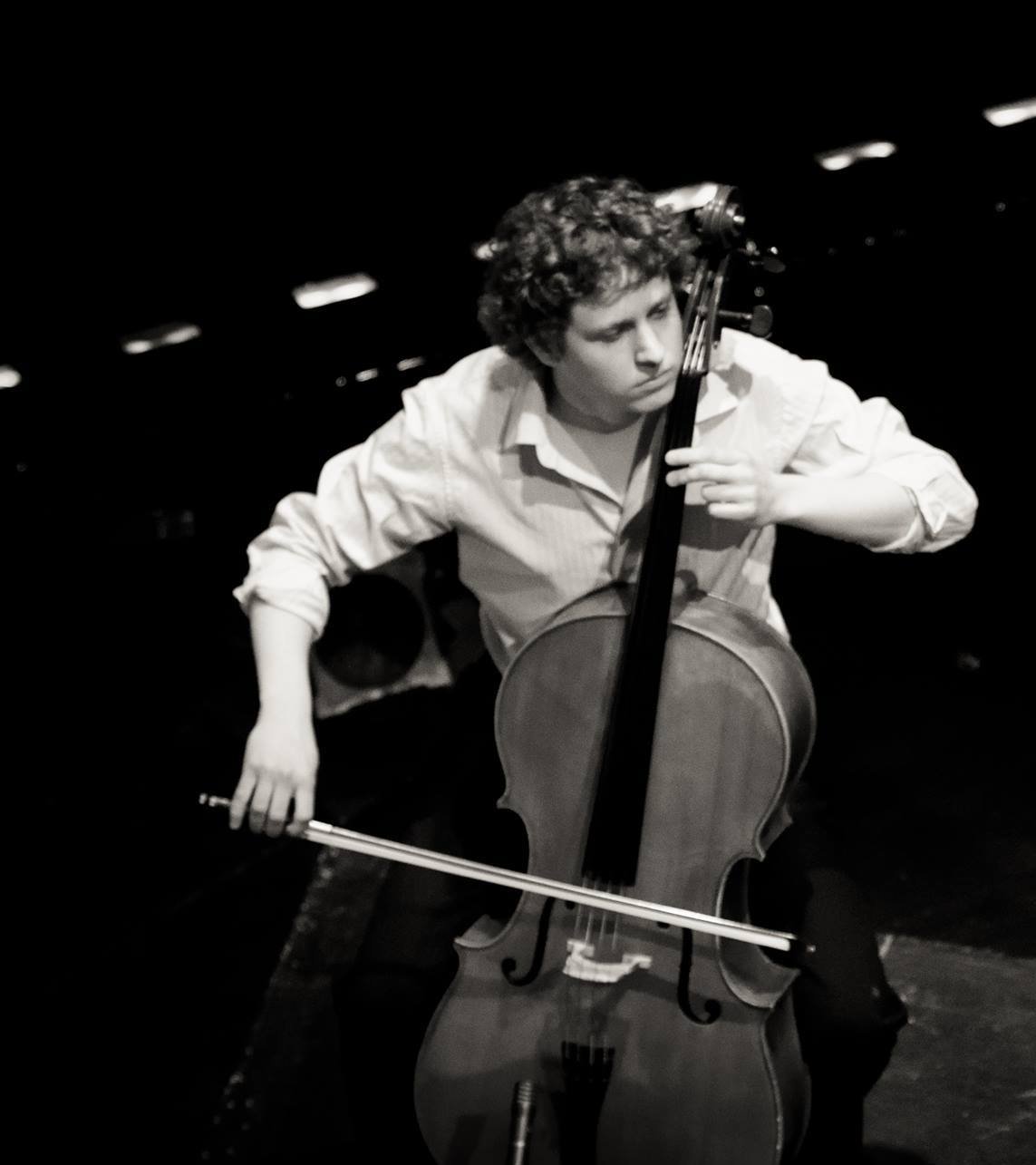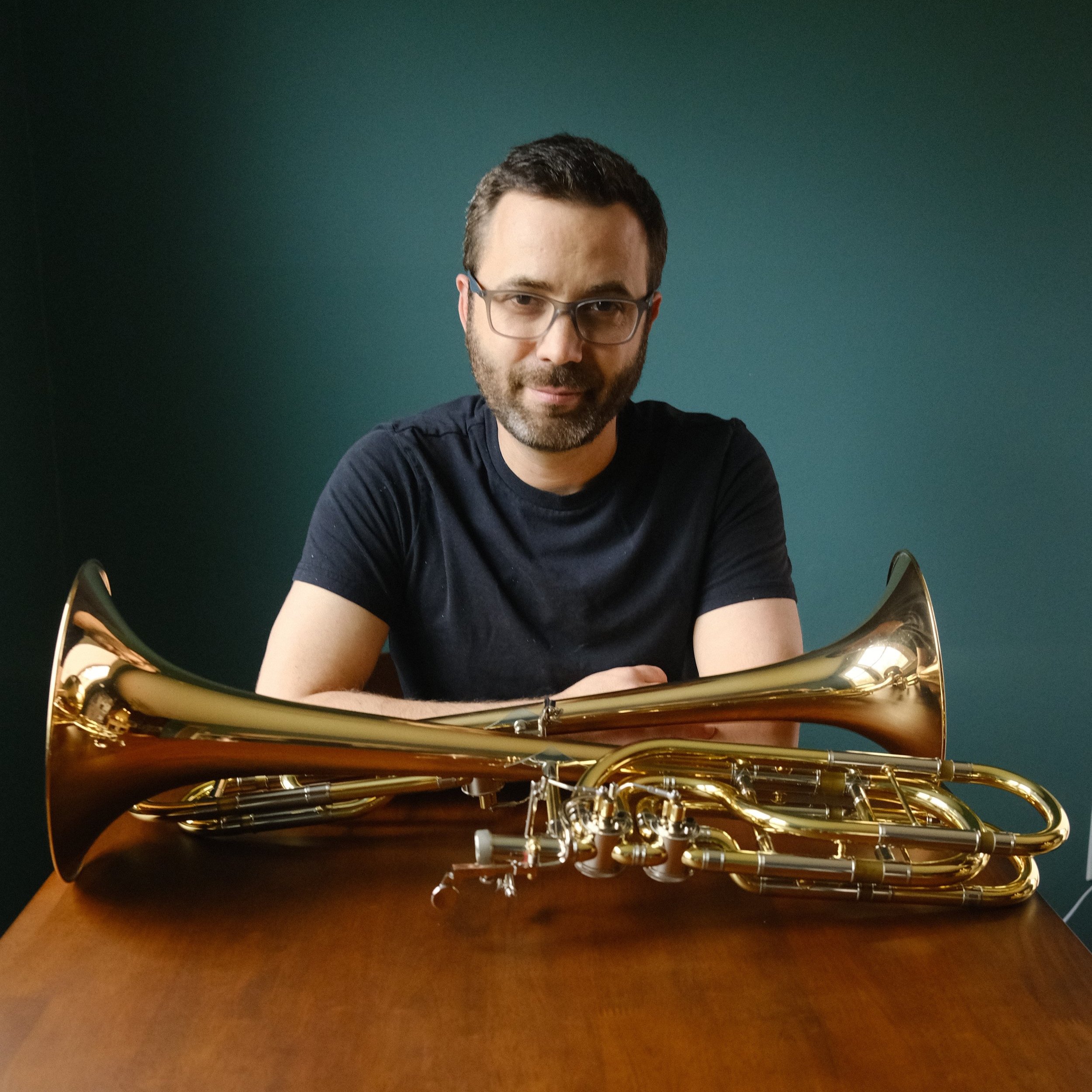StageFree 5.3:
Tango and Troubadours
Friday, April 1, 2022 at 7:30pm
Church of the Ascension & St Agnes
Washington, DC
-

Heyni Solera
Bandoneon
-

Maxfield Wollam-Fisher
Cello
-

James Martin
Trombone
-

Valerie A. Higgs
Piano
Program
Soledad (1969)
Astor Piazzolla
arr. Michael Fili
The Troubadour (2011)
Ross Wixon
El Idioma del Bosque (2020)
Ramiro Gallo
Sudestada (2020)
Ramiro Boero
Las Orillas del Tiempo (2020)
Exequiel Mantega
Oblivion (1982)
Astor Piazzolla
arr. Anthony Wise
Night Music (2009/2011)
Ross Wixon
Amnesys (2021)
Pablo Jaurena
Imágenes (almas) (2020)
Adam Tully
Ni Soy de Allá (2020)
Eva Wolf
Pataconeando (2020)
Owen Salomé
Program Notes
The Troubadour
Trombonist Dr. Cory Mixdorf commissioned The Troubadour in 2011. The piece draws on the tradition of unaccompanied vocal music and recalls, in particular, the memorization techniques of medieval French bards who sang epic poems. Troubadours employed distinct melodic units as signposts to help them recite intricate and expansive ballades by rote; and while The Troubadour’s musical language is far removed from anything heard in ancient castles, a fixed set of thematic figures structures, unifies, and propels the work in a similar way. New melodies seem to arise as the music progresses, but in fact each draws its roots from the initial material. As you listen, try to identify themes you’ve heard before that have returned in a slightly different guise!
Night Music
Night Music is a song-without-words for solo trombone and piano. In composing this piece, I was inspired by poet Philip Larkin's provocative poem of the same name. His words conjure powerful images of dark trees, souls of the dead, and the rustling wind – a nightscape that, while never threatening, is clearly separate from the waking world. I've attempted to paint these stark images in music through transparent piano textures and haunting interjections by the trombone. In approaching Larkin's contrasting references to daytime and the living, I strove to bring out warmth, connectedness, and melodic direction in both instruments. The result is a work that follows the narrative arc of the poem; the initial motive, developed throughout, returns in its original form as a signpost at the end of the work.
The composition takes advantage of the trombone’s wide range without demanding extremes at either end. While performers will not be asked to perform pedal tones or Cs above the staff, I was careful to maintain an understated dynamic throughout, so student and amateur musicians will find a worthy challenge in “floating” the higher notes and treating the lower pitches with delicacy. Interspersed throughout the work are indulgent and operatic moments for the soloist, accompanied by acrobatic piano arabesques; these provide opportunities for both musicians to indulge in a rich tone. Regardless of ability, I believe that all musicians will be able to explore the expressive possibilities of Night Musicto create a convincing and highly personal performance.

